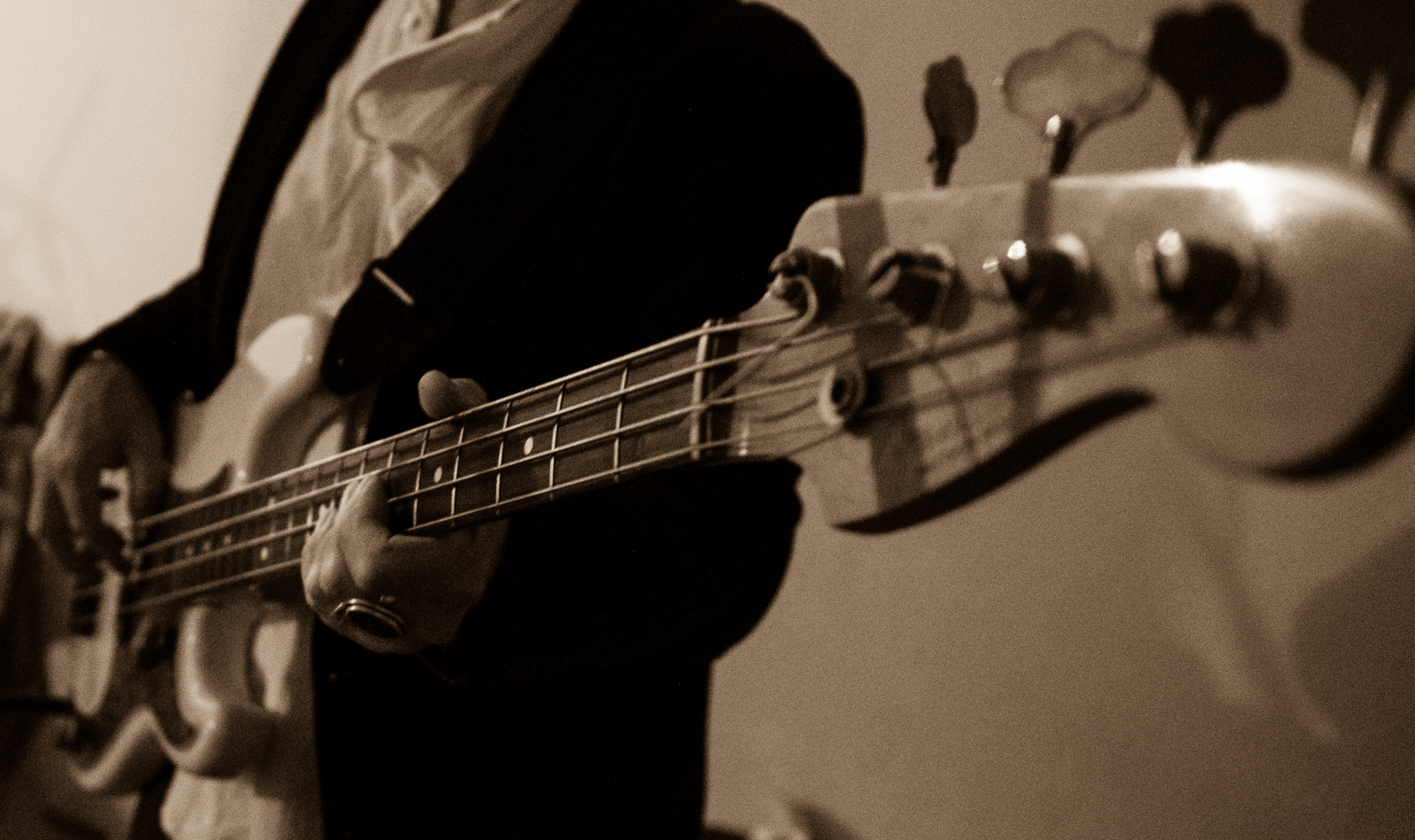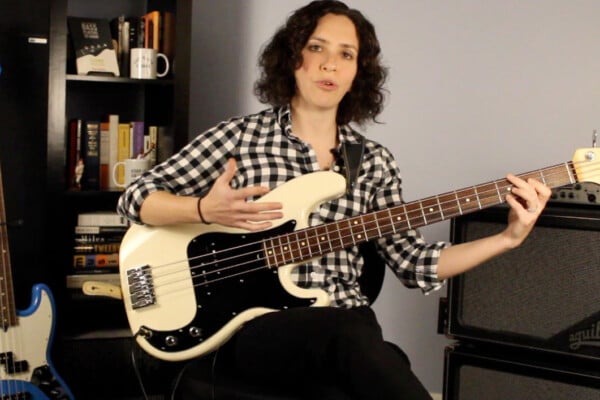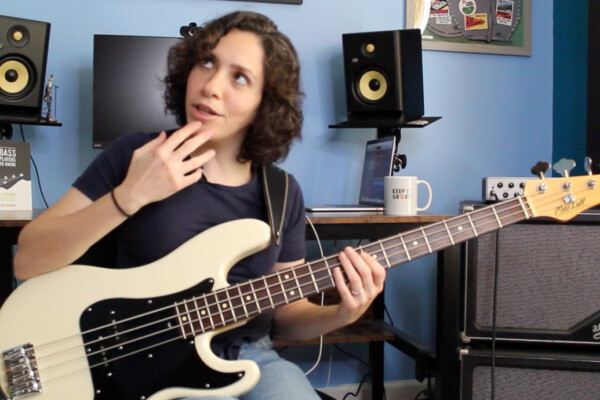The Lightbulb Moment: New Routes

If there’s one thing I can’t stand, it’s traffic. Anyone living in, visiting, or planning to move to Nashville has become burdened by the time wasting, frustrating, 4-hour rush hour that is seemingly inescapable. I’m no stranger to the woes of metropolitan areas, the growing pains of urban development, and the high concentration of oversized vehicles, but this city has become ridiculous. Thanks to my lack of patience and various GPS apps, I’m constantly exploring new routes to and from work with one goal in mind: to keep moving. I’ve discovered new back roads, skillful ways to jump on and off the interstate, and various “secret turns” to avoid sitting at traffic lights. My savvy driver points are going through the roof and thankfully, I’ve made it to all of my gigs on time.
Finding new ways to drive around town is quite similar to navigating the fret board on a bass. It’s your responsibility to figure out how to get from point A to point B in a way that is efficient, elegant, and often times creative. Of course, you need to have your standard routes — your scalar 1-2-3-4 moves, your walking pattern of 1-3-5-7, and the favorable chromatic lines of 2-?2-3-4, but there’s plenty of room for improvisation. So, how can you come up with ways to get around the mental roadblocks and free yourself from maneuvers of muscle memory? A few suggestions come to mind…
First, learn scales in different fingering patterns. Play a major scale starting on your first finger, then starting on your second finger, then starting on your pinky. Then try the same approach with the minor scale. This will alter your hand position and not only improve your dexterity as a player, but help you break the habit of always relying on the same pattern.
Second, play up and down the neck instead of across it. Try to practice scale patterns that focus on one or two strings instead of three or four. You’ll be forced to move vertically instead of horizontally, automatically integrating slides and glides into your playing as you shift hand positions. Personally, I find it easier to come up with melodic lines in this manner. Instead of being confined to a four-fret span, where the attack of the note is isolated and specific, you’ll have the ability to add slides and flourishes to the attack of the note. This brings more fluidity to your playing and you can easily shift through pentatonic scales.
Third, learn how to jump intervals rather than play through full scales. A great way to come up with new patterns is by jumping from the root to the fifth and then seeing where you can go from there. That way, you’ll break away from scalar motion and you’ll set up a new hand position. Jumping up an octave and then playing a descending line is also a great way to approach another chord.
Next, listen to melodies. You’re allowed to play the same note twice, to back track and toggle between two or three notes, and to leave space to breathe.
And lastly, take notes from your friends. Listen to records and focus on bass players like Carol Kaye and Joe Osborn, Jaco Pastorius and Stanley Clarke, John Deacon and Bob Daisley. They’ve been exploring new routes for years and can certainly give you a few tips.
While all of these suggestions are worth exploring, one thing to keep in mind is simplicity. If traffic is moving and it makes sense to take your normal route, then do it. Don’t complicate things for the sake of being complicated — it may throw off the rest of the band or create competition for sonic space. If you’re playing a specific groove to a song and it’s your job to keep that going, then stick with it. If you’re playing a standard country song and it’s best to execute the trademark licks of the genre, then play by the rules. However, if you have the permission to be creative, then go for some unique twists and turns. Take some back roads and play melodically; break away from the normal arpeggios and walk down a new path. It can be exciting to discover new routes around the neck, just remember to make it to your destination in time.
Ryan Madora is a professional bass player, author, and educator living in Nashville, TN. In addition to touring and session work, she teaches private lessons and masterclasses to students of all levels. Visit her website to learn more!



